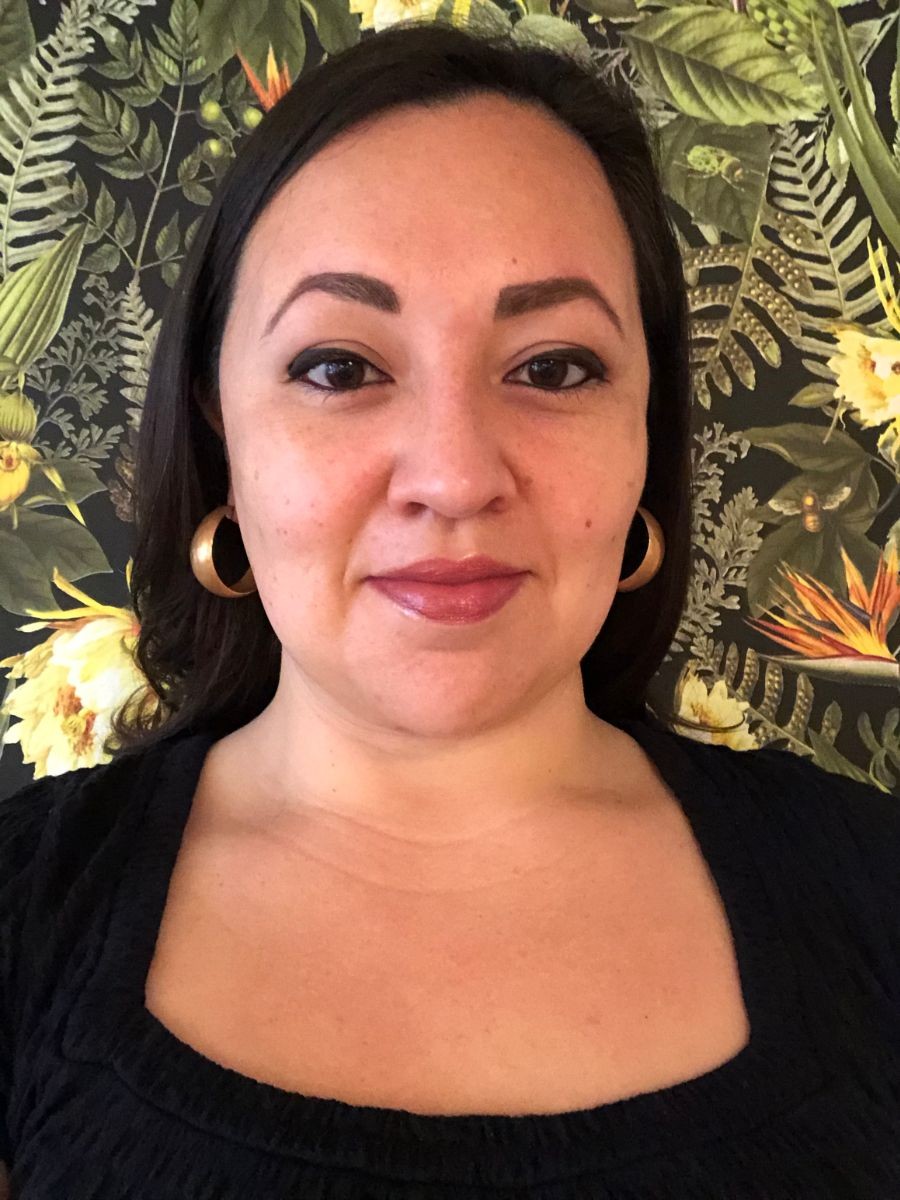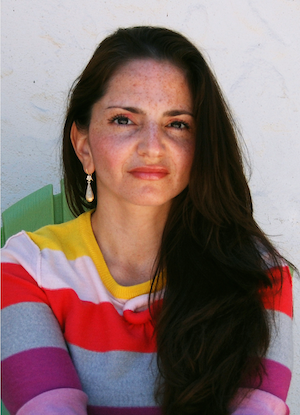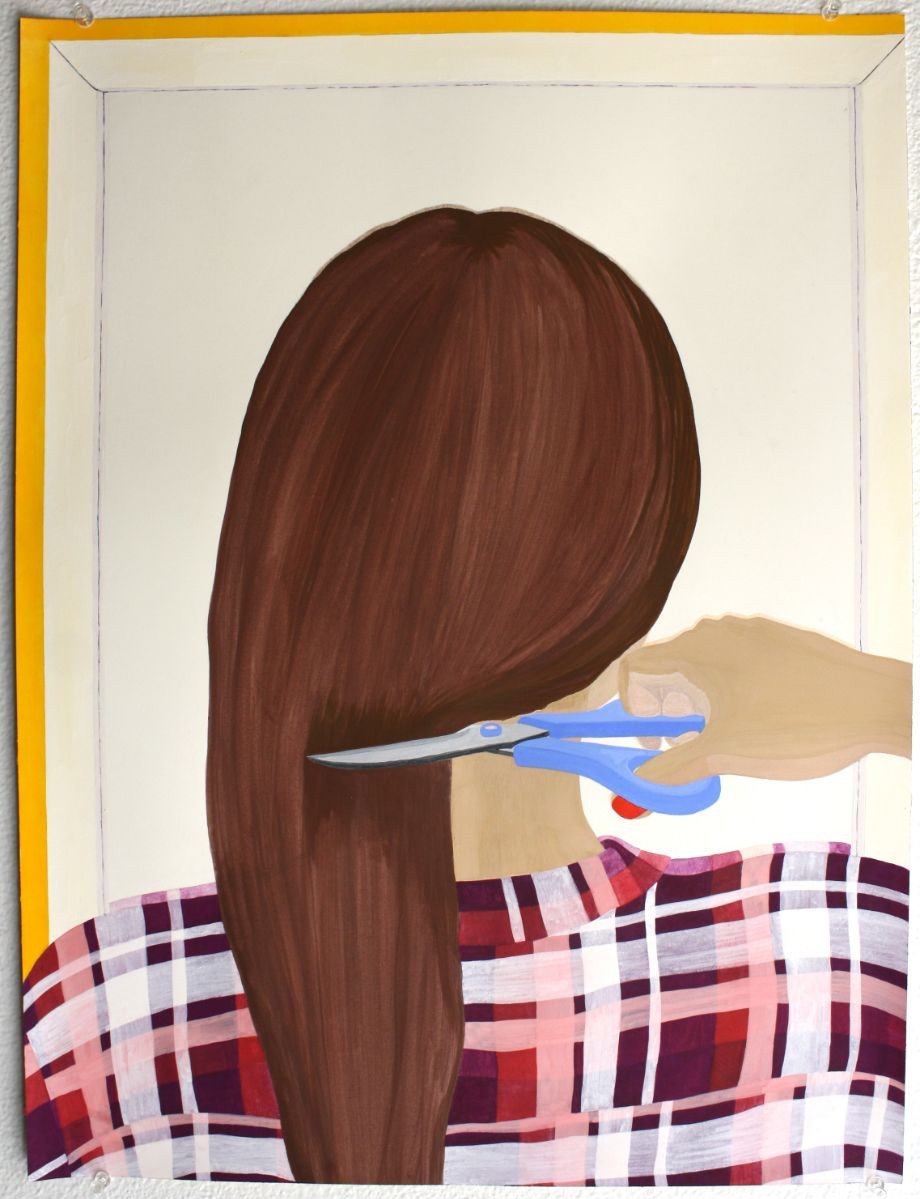News Information
- Published
- April 13, 2021
- Department/College
- College of Arts Humanities and Social Sciences, University News
On April 8, Angelica Muro, artist and Chair of the Visual and Public Art Department, engaged in virtual conversation with fellow artist Amy Díaz-Infante about their creative practice, personal journeys as artists and educators, and equity in the art and museum worlds.
/filters:quality(75)/25x0:876x500/prod01/channel_2/media/csumb/legacy/legacy-news/76ddwMV5RjK9AmJpRrOH_4.-Agricultural-Workers.jpg)
By Walter Ryce
On April 8, Angelica Muro, artist and Chair of the Visual and Public Art Department, engaged in virtual conversation with fellow artist Amy Díaz-Infante about their creative practice, personal journeys as artists and educators, and equity in the art and museum worlds.
It was hosted by Monterey Museum of Art as part of its Califas Legacy Project and the associated exhibit “The Ancestral Journey/El Viaje Ancestral.”
Organized by Membership Coordinator and Board Liason Melanie Zaragoza, the conversation, titled “Two Journeys,” was moderated by the museum's Interim Executive Director Corey Madden.

Artist Amy Diaz-Infante
It began with Díaz-Infante presenting a slide of a work of art of a girl having her hair severely brushed by a woman, and her talking about a tension in her work, control and manipulation of her body by others including her mom.
“The flipside is, it’s out of love,” she said. Her mother wanted to present her to the world in the best possible light to protect her, as girl of color, from harsh appraisal or worse.
She showed an ethereal portrait on her sister rendered only in wrinkles and creases in a sheet, saying dark humor, candid nicknames and talk of death is “part of my Mexican tradition.” About a stark but colorful painting of a hand lighting a candle, she spoke of her grandmother lighting veladoras (Mexican candles with pictures of saints on them) to protect her on fateful events or long travels.
“I’m taking ownership of what is holy and sanctified,” she said. “Plus it makes me feel better to know she’s lighting a candle for me.”

Artist and VPA Chair Angelica Muro
Muro prefaced her talk by saying she intended to incorporate historical, social, political and ethical realms, her aesthetic choices and visual language, of race, socio-economic class, gender tension, diaspora culture and immigrant life.
She spoke about the intersection of all those things in terms of “positionality.”
She showed images from a series called Narco Language, about the pop culture appropriation of terms like “narco chic” (the trappings of guns and cars), “narco queens” (beauty contestants that get caught up in the drug trade), mixing glamor and gruesomeness.
She showed a series titled Agricultural Workers, which she started in college, but the origins of which began earlier.
“I grew up in a migrant labor camp in the San Joaquin Valley,” she said. “The highest producer of food for the country, with the highest level of food insecurity. The [most people] below the poverty line.”
She co-opted a pamphlet that was given to her father by a federal government agency that, in “overly simplistic, shockingly patronizing” terms cautioned them about the hazards of pesticides. She added elite icons of wealth status to simple drawing of farmworkers, adorning them with Prada bags and Gucci sunglasses, “complicating” the simplistic drawings with juxtaposing class messages.
In a series titled Club Lido: Wild Eyes and Occasional Dreams, a collaboration with Juan Luna-Avin, centers on a former nightclub in San Jose in which Latino and Vietnamese people, who rarely intersected otherwise, came together.

After the presentations, in the Q&A portion, Díaz-Infante talked about how her identity is sometimes foisted on her and she sometimes chooses and dons it herself. She talked about being repelled by the heralding of elitism of the art world and being drawn to the “democratic” accessibility of printmaking in disseminating messages.
Considering the frame of mind of a 20-year-old wanting to be an artist, Muro acknowledged awareness about her own positionality in her art career.
“I’m at a place in my life where I’m afforded the opportunity to take more risks, to use the word ‘no,’ to have more autonomy,” she said. “I have more choices. I speak to you now from a place of privilege.”
She said that it took a lot of hard work to get there: “It’s a miracle anyone gets here at all.”
She talked about her early art career in nonprofits, in founding a gallery in San Jose for people her age, coming to CSUMB and working to create opportunities for students.
“CSUMB is trying to create a space to go out in the community, contribute to the economy,” Muro said. She spoke of a housing project in Chinatown in which she’s creating a space for students and the community.
“What we’re trying to achieve is something that becomes more equitable. That remains to be seen. That’s so darn exciting.”
The Califas Legacy Project launched on January 9, 2021, has included a symposium with people like Chicana artist and CSUMB founding faculty Judith F. Baca and renowned art collector Armando Duron, and the exhibition has also included other CSUMB affiliated artists including Amalia Mesa-Bains, Professor Emerita; Guillermo Aranda ‘10; Armando Franco '11; and Jaime Sanchez '08.
The exhibit has been extended to April 22, and can be viewed in an online gallery and video walk-through at the Monterey Museum of Art.